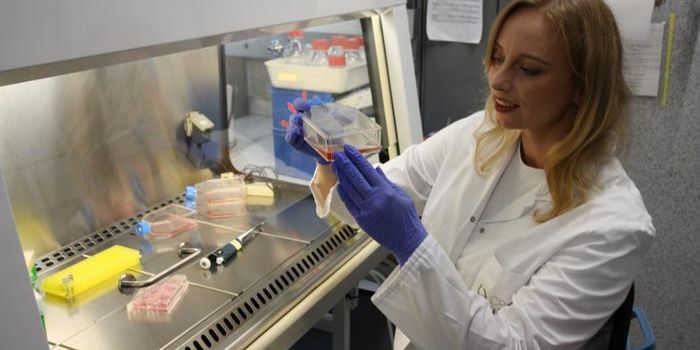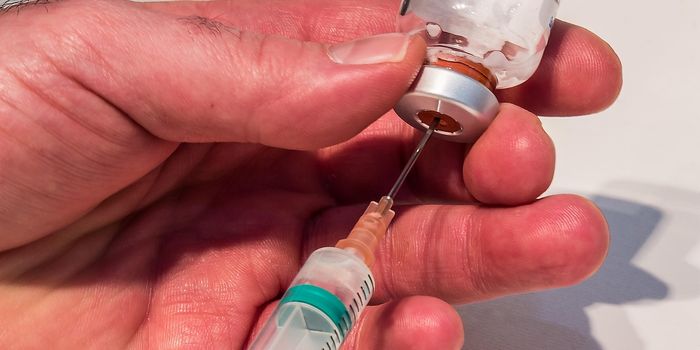A New RNA in Fine-Tuned Signal Regulation
In a healthy cell, many complex networks work to make sure everything runs as it should. Some of these networks function in elaborate ways, and even a small change can disrupt a pathway to a considerable degree. In many cases, these issues are caught by other regulatory mechanisms; however, if they slip by, it can quickly lead to the formation of cancer or other diseases. Insulin-like growth factor 1 (IGF1) signaling is an example of a robust pathway, that when specific abnormalities occur, can lead to significant issues down the line.
IGF1 signaling is responsible for inducing a broad response to initiate cell survival and proliferation pathways. It is quite well studied. However, a group from the University of Pittsburgh noticed a lack of research on how IGF1 affects a cell’s transcriptome. Specifically, regulatory genetic tools such as long non-coding RNAs (lncRNAs). lncRNAs are highly structured pieces of RNA that can regulate processes in a cell. These molecules, alongside other RNA species like small interfering RNA (siRNA) and micro RNA (miRNA), are relatively new in the field, and how they regulate many processes is still not completely understood.
To identify if IGF1 signaling produced any lncRNAs, the team examined the transcriptome of a cell during IGF1 stimulated signaling. Many of the transcripts encoded proteins for cellular proliferation and survival, which was to be expected. Two hundred twenty-five of the transcripts were found to be lncRNAs. Eleven of these were similar to lncRNAs found in The Cancer Genome Atlas (TCGA) associated with breast cancer. The dysregulation of the lncRNA snoRNA Host Gene 7 (SNHG7) had a particularly strong correlation to a poor patient prognosis in breast cancer patients.
SNHG7 became the primary target following the prognostic correlation. The lncRNA itself is conserved amongst primates and encodes two small nucleolar RNAs (snoRNAs) in the introns that form after splicing. Sequence analysis suggested it was non-coding and highly structured, with two isoforms found. IGF1 signaling had downregulated SNHG7 levels, with levels increasing when IGF1 signaling was inhibited. This suggested IGF1 regulated SNHG7 somehow. Investigating further, the team found that SNHG7 was not controlled at the genetic level. Instead, IGF1 seemed to suppress SNHG7 levels in a post-transcriptional manner. A series of tests found that inhibiting the MAPK pathway, one of the pathways activated during IGF1 signaling, could prevent this IGF1 regulation of SNHG7. Finally, the team found that SNHG7 seemed to be able to stimulate cellular proliferation. The group proposed a mechanism by which IGF1 acts as a robust activator of cellular proliferation, and its suppression of SNHG7 is a means to prevent excessive proliferation.
The team concludes, “we uncovered a novel fine-tuning feedback mechanism between IGF1 and SNHG7 that tightly regulates RNA expression and cell proliferation.” This conclusion explains why SNHG7 could be linked to a small subset of breast cancer with a poor prognosis. A failure to regulate SNHG7 during IGF1 signaling could produce an abnormally sizeable proliferative response. A common aspect of cancer progression. This research is still developing, but SNHG7 could conceivably become a biomarker helping medical professionals treat and diagnose breast cancer.
Sources: Nature, Bio-Rad Laboratories









